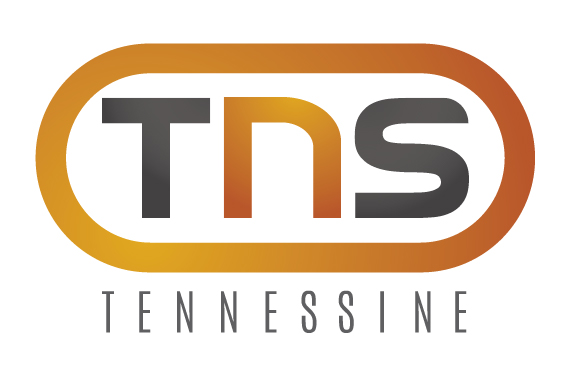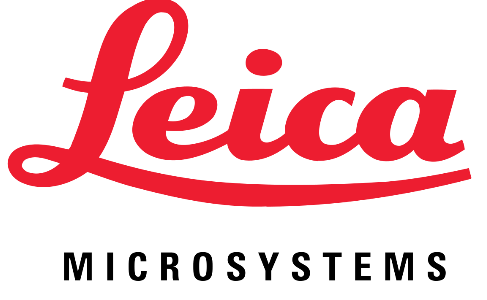Computational microscopy
The goal of this long program proposal is to bring together senior and junior
applied mathematicians, physicists, chemists, materials scientists, engineers
and biologists to discuss and debate on the current status and future
perspectives of modern microscopy using computation, mathematics and
modeling. Cryo-EM has revolutionized biology and life science (including very
recently solving the 3D atomic structure of COVID-19, which has been greatly
facilitating the development of the vaccines) and aberration-corrected electron
optics and high brightness X-ray sources have transformed physical science
imaging. The next steps in these fields will advance by orders of magnitude the
temporal resolution and energy resolution, while maintaining atomic spatial
resolution, in a variety of sample environments from near zero Kelvin in vacuum
to temperatures of a thousand degrees in a highly corrosive atmosphere. These
advances will transform research in macromolecules, materials, energy
technologies, quantum devices, and other fields. However, they all result in
multidimensional, multimodal, big and extremely noisy data. Therefore,
sophisticated mathematical and computational methods to derive the maximum
possible useful scientific information from the minimum possible quanta of
radiation are urgently needed. The four workshops will bring together leading
applied mathematicians, physicists, data scientists and computational
scientiststo discuss strategies to tackle these major scientific challenges through
a combination of advanced algorithms, mathematical modeling, computational
tools, big data processing and deep learning.
Data: 12/09/2022 a 16/12/2022











